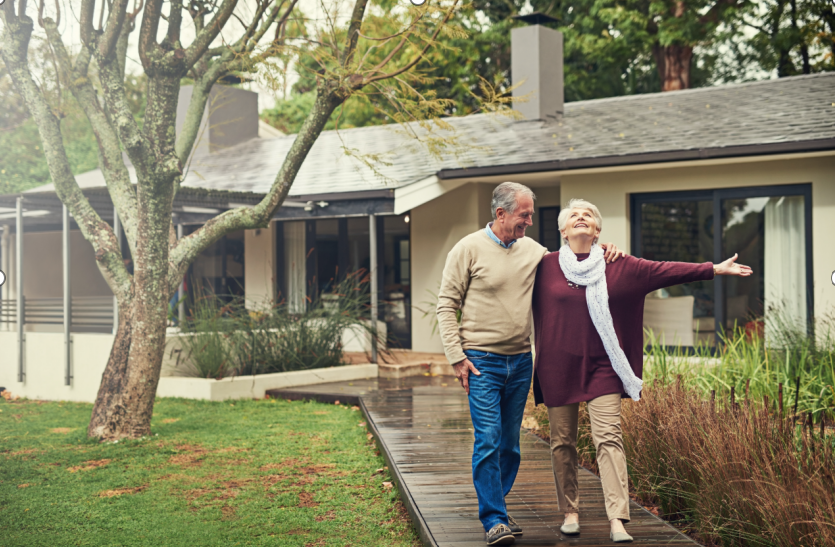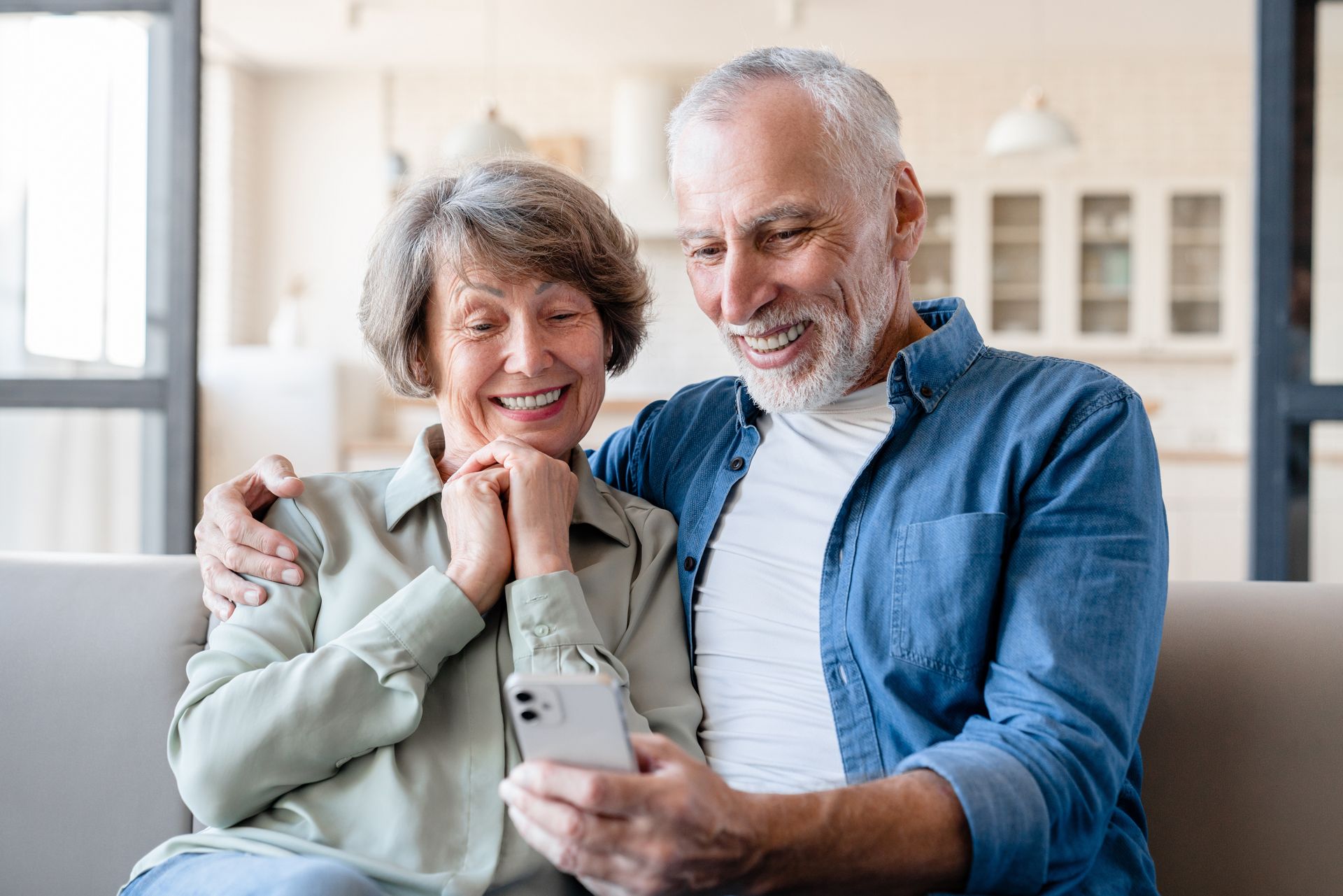BLOG
Alzheimers-Bathing
Bathing is often the most difficult personal care activity that caregivers face. Because it is such an intimate experience, people with dementia may perceive it as unpleasant or threatening. In turn, they may act in disruptive ways, like screaming, resisting or hitting.
Such behavior often occurs because the person doesn’t remember what bathing is for or doesn’t have the patience to endure such unpleasant parts of the task like lack of modesty, being cold or other discomforts. Here are some tips to make bathing the person with dementia easier.
Know the person’s abilities
Encourage the person to do as much as possible, but be ready to assist when needed. Assess his or her ability to:
- Find the bathroom.
- See clearly.
- Keep balance without fear of falling.
- Reach and stretch arms.
- Remember steps in the bathing process, follow cues or examples.
- Know how to use different products (soap, shampoo, washcloth, etc.).
- Sense water temperature.
Prepare the bathroom in advance
- Gather bathing supplies such as towels, washcloths, shampoo and soap before you tell the person that it’s time to bathe.
- Make sure the room is warm.
- Use large beach towels or bath blankets that completely wrap around the person for privacy and warmth.
- Have a washcloth ready to cover the person’s eyes to prevent stinging from water or shampoo.
- Make sure that soap and shampoo are easy to reach. Try using hotel-sized plastic containers of shampoo.
- Fill the tub and then assess the person’s reaction to getting into the water. It may be better to fill the tub after the person is seated.
- Use only two or three inches of water.
- Try using a hand-held showerhead and make sure the spray isn’t too intense.
- Monitor the water temperature. The person may not sense when the water is dangerously hot or may resist bathing if the water is too cool.
** Focus on the person, not the task **
- Give the person choices. For example, ask if he or she would like to bathe now or in
- 15 minutes, or take a bath or a shower. Try saying, Let’s wash up, instead of. Let’s take a bath.
- Be sure the person has a role in the steps of bathing. For example, have the person hold a washcloth, sponge or shampoo bottle.
- Be aware that the person may perceive bathing to be threatening. If the person resists bathing or acts out, distract him or her and try again later.
- Often praise the person for his or her efforts and cooperation.
- Always protect the persons dignity, privacy and comfort. Try to help the person feel less vulnerable by covering the person with a bath blanket while undressing. Cover or remove the mirrors if a reflection in the bathroom mirror leads the person to believe theres a stranger in the room.
- Have a familiar person of the same sex help, if possible.
- Be flexible. Allow the person to get into the tub or shower with clothes on. He or she may want to undress once clothes are wet.
- Pad the shower seat and other cold or uncomfortable surfaces with towels.
- Have activities ready in case the person becomes agitated. For example, play soothing music or sing together.
** Adapt the bathing process **
- Set a regular time of day for bathing. If the person usually bathes in the morning, it may confuse him or her to bathe at night.
- Use simple phrases to coach the person through each step of the bathing process, such as:
- Put your feet in the tub.
- Sit down.
- Here is the soap.
- Wash your arm.
- Use other cues to remind the person what to do such as the watch me technique.
- Put your hand over the person’s hand, gently guiding the washing actions.
- Use a tub bench or bath chair that can adjust to different heights. The person can sit while showering if it is easier. Washing the persons hair may be the most difficult task. Use a washcloth to soap and rinse hair in the sink to reduce the amount of water on the persons face.
- Be sure the person’s genital areas are washed, especially if incontinence is a problem.
- Be sure the person is washed between folds of skin and under the breasts.
Simplify the process
- Sew pockets into washcloths to hold soap.
- Use an all-purpose gel to wash both hair and body.
- Use special soaps that dont need rinsing.
- Use a nylon net sponge; it takes less work to make suds.
Consider bathing alternatives
- Wash one part of the body each day of the week.
- Consider shampooing hair at another time or on a different day.
- Sponge bath the person with a washcloth between showers or baths.
Remember after-bath care
- Check for rashes and sores, especially if the person is incontinent or unable to move around.
- Seat the person while drying and putting on fresh clothes.
- Make sure the person is completely dry. Pat the person dry instead of rubbing.
- Use cotton swabs to dry between the toes.
- Apply lotion to keep skin soft.
- Use cornstarch or talcum powder under the breasts and in the creases and folds of skin. If the person won’t use deodorant, use baking soda.
Make the bathroom safe
- Never leave the person alone in the bathroom.
- Lower the thermostat on your hot water heater to prevent scalding injuries.
- Always check the water temperature, even if the person draws his or her own bath.
- Always put a nonskid mat in the tub or shower.
- Install grab bars and use a seat in the tub or shower.
- Make sure there are no puddles on the bathroom floor; think about installing carpet.
The Alzheimer’s Association is the leading voluntary health organization in Alzheimer care, support and research.
Updated October 2004 Return from Alzheimers Bathing to the Alzhiemers Caregiver Tips Page
Return to the Alzheimers Facilities Home Page














